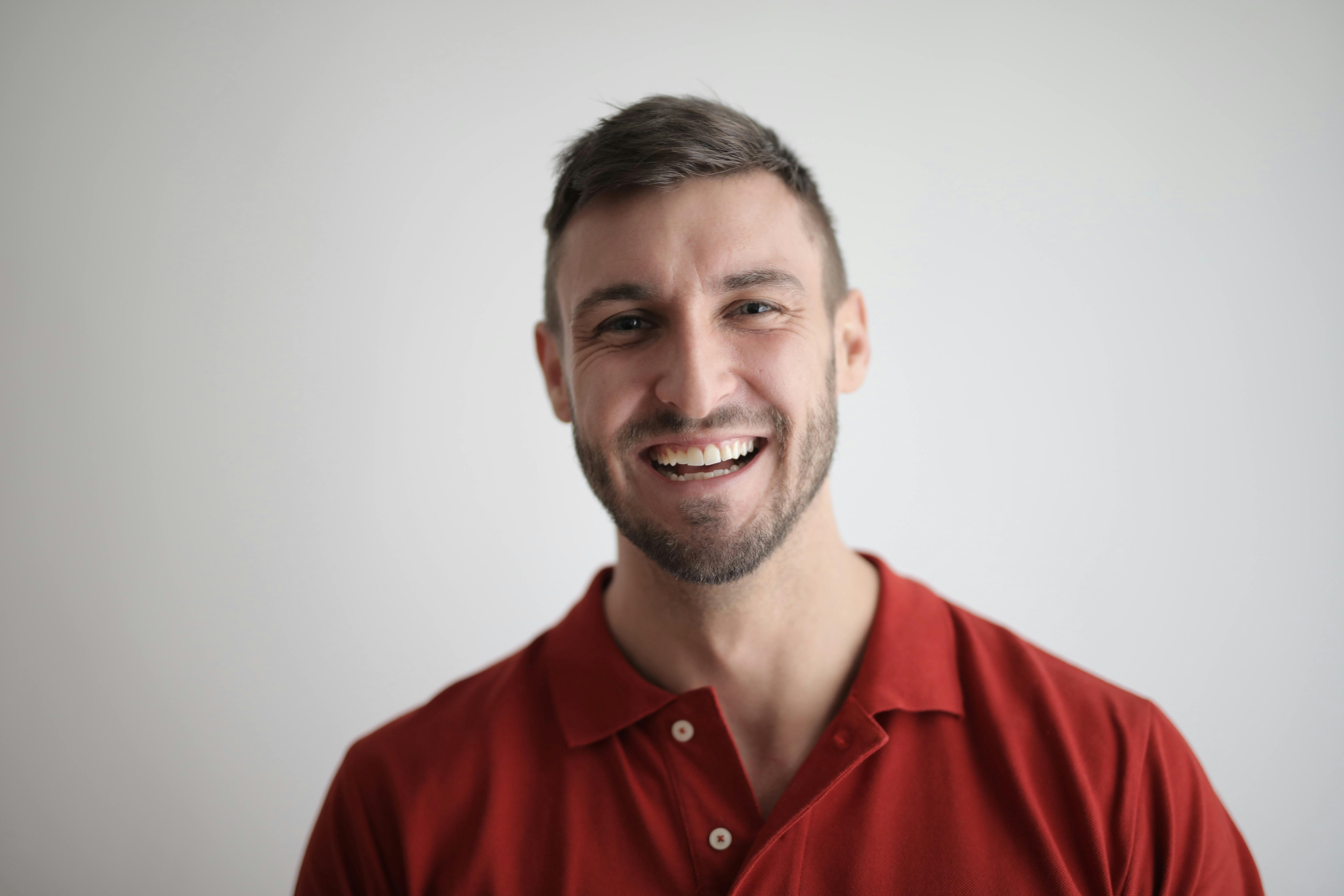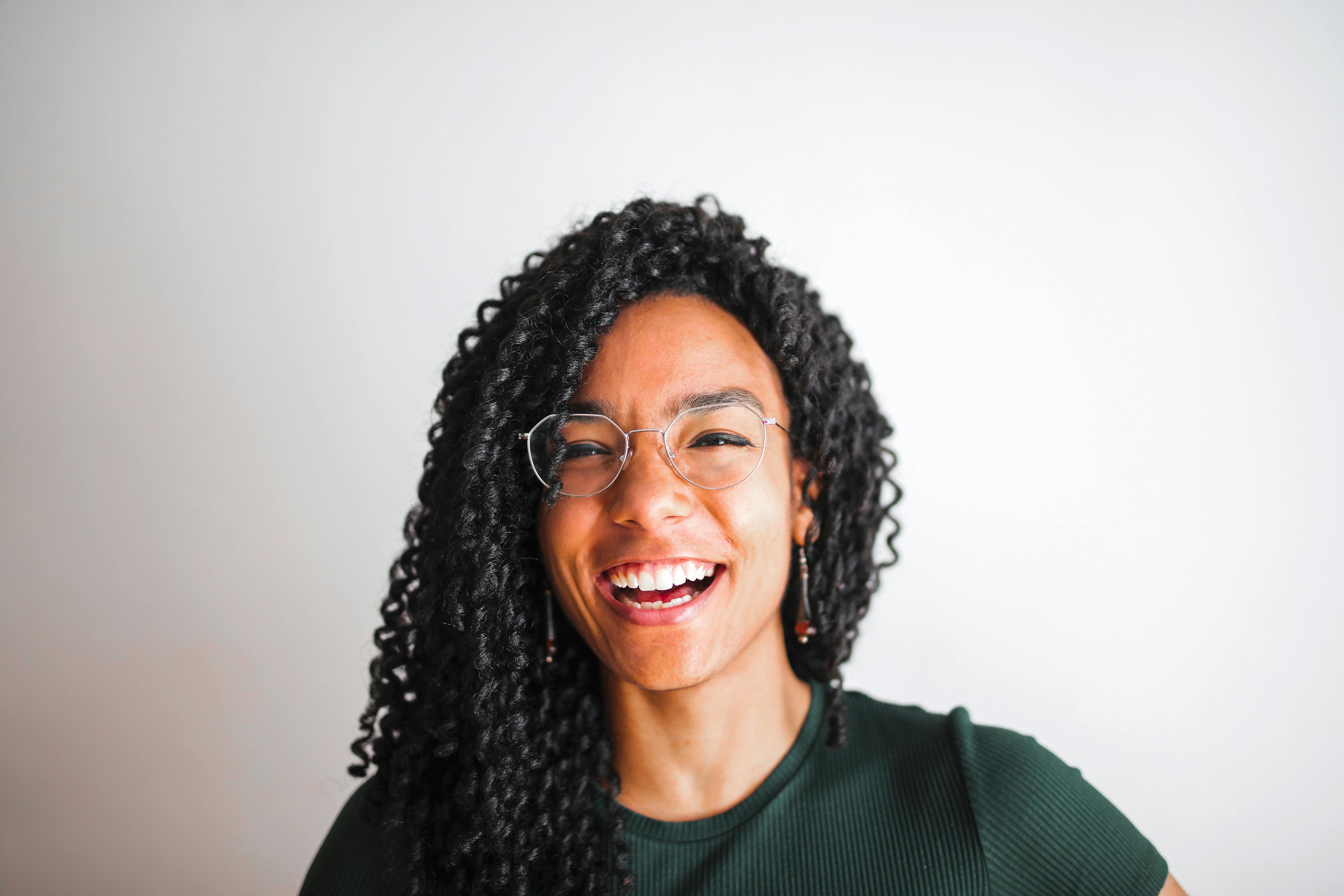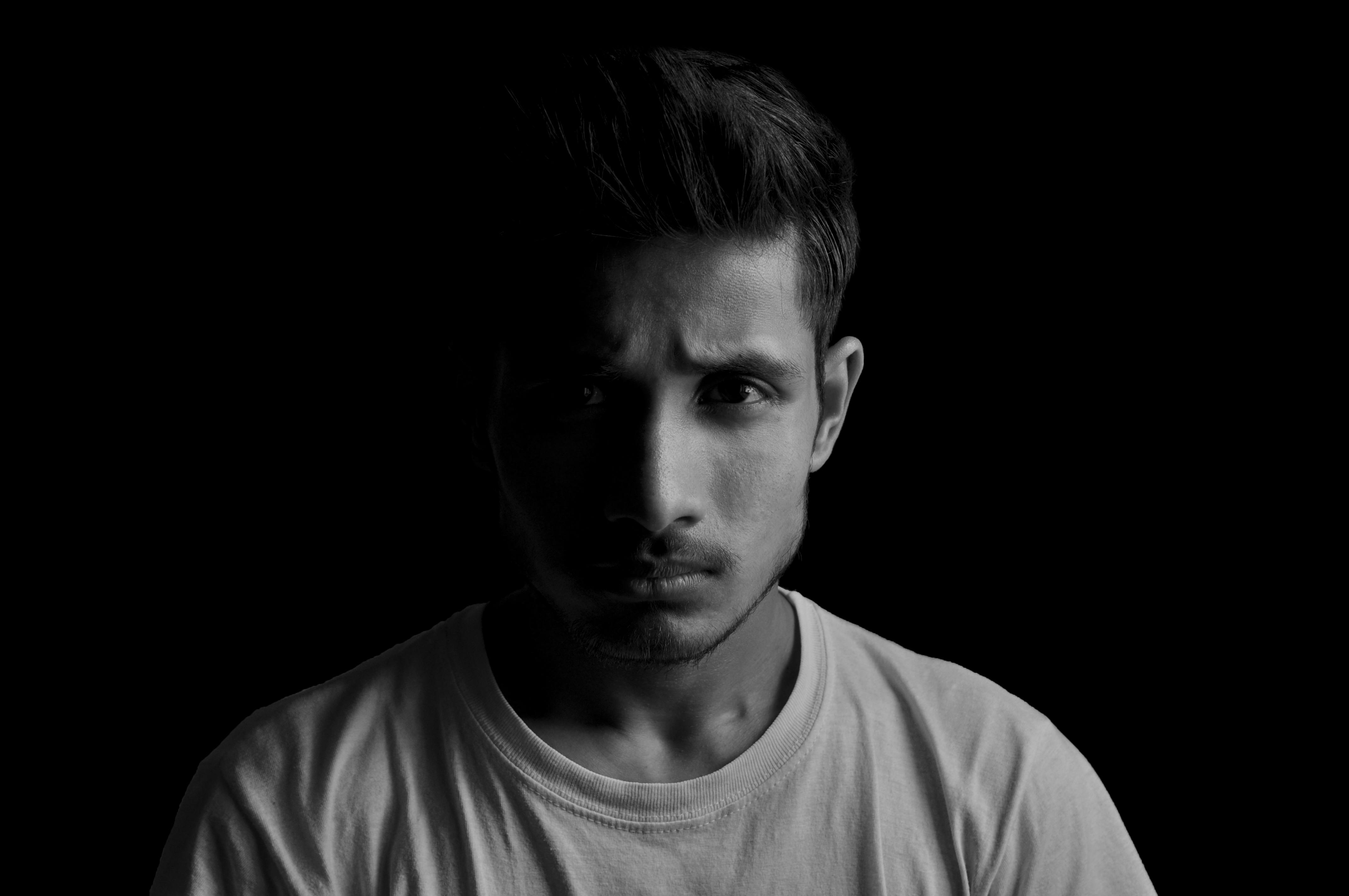Table of Contents
- Introduction to headshot photography
- Understanding the importance of good headshots
- Essential equipment for headshot photography
- How to take good headshots: Basic tips and practices
- Advanced techniques for capturing professional headshots
- How to use natural light for headshot photography
- Post-processing your headshots: Tips and techniques
- Showcasing your photography with Portfoliobox
- How to sell your services as a photographer with Portfoliobox
- Conclusion

Introduction to headshot photography
Headshot photography is a specialized field that focuses on capturing a person's likeness, typically from the shoulders up, in a way that portrays the individual's character and personality. These images are important in various industries, especially in the corporate world, acting, and modeling. A professional headshot can often be a deciding factor for casting directors and recruiters who may only glance at a photograph before making a decision.
The art of headshot photography involves more than just pointing a camera at someone and snapping a picture. It requires an understanding of lighting, composition, and the subtle nuances of human expression. As such, photographers must hone their skills to consistently produce high-quality images that stand out in a saturated market.
A compelling headshot is one that captures the subject's natural look and genuine expression while also maintaining a polished and professional appearance. Achieving this balance is the hallmark of an expert headshot photographer.
Understanding the importance of good headshots
Good headshots are essential in today's visual-centric world. For actors, a headshot is often the first impression they make on a casting director; for professionals, it might be the image that accompanies their LinkedIn profile. An effective headshot can convey trust, professionalism, and approachability – qualities that are invaluable in nearly every field.
In the entertainment industry, a headshot is a marketing tool that showcases an actor's type and range. It can help casting directors visualize the actor in a particular role, making it a critical component of the audition process. For professionals, a headshot can enhance their personal brand, making it easier for clients and colleagues to connect with them.
Understanding the impact of a well-crafted headshot places photographers in a better position to serve their clients' needs. By delivering images that help individuals advance their careers, photographers can establish themselves as invaluable assets in their clients' professional journeys.
Essential equipment for headshot photography
In the realm of headshot photography, the right equipment is crucial to achieving a professional outcome. A high-quality camera with a full-frame sensor is the foundation, as it allows for larger image files and better low-light performance. A lens with a focal length between 85mm and 135mm is ideal for headshots, as it helps to compress the features and avoid distortion while providing a flattering perspective.
Lighting equipment is equally important in headshot photography. A basic setup might include a main light, a fill light, and a background light, with modifiers such as softboxes or umbrellas to soften and direct the light. Reflectors can also be used to bounce light back onto the subject, filling in shadows and highlighting contours.
Additionally, a sturdy tripod ensures sharp images and consistent framing. A backdrop system with a selection of neutral colors provides a professional look and can be easily changed to suit different clients' preferences. With these essential pieces of equipment, photographers can create a controlled environment that enhances the subject's features and delivers a polished final product.
How to take good headshots: Basic tips and practices
Preparing the Subject
Before the camera shutter clicks, preparing the subject is paramount. Clients should be advised to wear solid colors that complement their skin tone and to avoid distracting patterns or logos. Makeup should be natural and enhance features without appearing heavy-handed. Hair should be styled neatly, and any accessories should be understated to keep the focus on the face.
Setting the Scene
Creating a comfortable and welcoming environment is key to relaxing the subject and capturing natural expressions. Engaging in light conversation can help ease nerves and elicit genuine smiles or thoughtful expressions. The backdrop should be uncluttered and complement the subject's attire, ensuring that the focus remains on them.
Capturing the Right Expression
The essence of a great headshot lies in the subject's expression. It should be authentic and suit the purpose of the headshot. Whether it's a warm, approachable smile for a corporate headshot or a more intense look for an actor's portfolio, the expression is what conveys personality. Photographers must master the art of directing subjects to achieve the desired expression.

Advanced techniques for capturing professional headshots
The Art of Posing
Posing is a subtle art that can vastly improve the quality of a headshot. Simple adjustments, such as angling the shoulders or tilting the head, can make a significant difference. Guiding subjects to shift their weight or change their posture can help to create a more dynamic and engaging image.
Eye Contact and Connection
The eyes are often said to be the window to the soul, and in headshots, they are a focal point. Encouraging subjects to make strong eye contact with the lens can create a sense of connection with the viewer. Photographers might also use tricks such as asking subjects to look away and then quickly back to the camera to capture a more candid look.
Utilizing Depth of Field
Depth of field plays a crucial role in headshots. Using a wider aperture to create a shallow depth of field can help the subject stand out from the background, drawing attention to the face and eyes. This technique can also soften skin imperfections, further enhancing the subject's appearance.
How to use natural light for headshot photography
The Golden Hour
The golden hour, the period shortly after sunrise or before sunset, provides a soft, diffused light that is ideal for headshots. This warm light flatters the skin tones and minimizes harsh shadows. Positioning the subject with the sun behind them can create a beautiful backlit effect, with a reflector used to bounce light back onto their face.
Overcast Conditions
Overcast days offer a natural softbox effect, with the clouds diffusing the sunlight and eliminating strong shadows. This even lighting is perfect for headshots, as it illuminates the subject's features gently. Photographers should be mindful of the direction of light to maintain depth and dimension in the subject's face.
Using Shade
When shooting in bright conditions, finding shade can provide a respite from harsh light. By placing the subject under a tree or an overhang, photographers can achieve an even lighting that mimics studio conditions. Reflectors are particularly useful in these scenarios to direct light where it is needed most.
Post-processing your headshots: Tips and techniques
Retouching Essentials
Retouching should be approached with a light touch, aiming to enhance rather than alter the subject's appearance. Basic adjustments might include correcting exposure, adjusting contrast, and sharpening the image. Blemish removal and subtle skin smoothing can help to polish the headshot without making it look unnatural.
Color Correction and Grading
Color correction ensures that the headshot has a natural and consistent tone. This might involve adjusting white balance, saturation, and vibrancy. Color grading can then be used to create a specific mood or style, whether it's a warm and inviting look for a personal branding headshot or a cooler tone for an editorial piece.
Cropping and Composition
The final crop can greatly impact the effectiveness of a headshot. Cropping too close can feel claustrophobic, while leaving too much space might distract from the subject. The rule of thirds can be a useful guide, placing the subject's eyes at one of the intersecting points to create a pleasing composition.
Showcasing your photography with Portfoliobox
Creating a Professional Online Portfolio
Portfoliobox provides a platform for photographers to create a professional online portfolio. With customizable templates and easy-to-use design tools, photographers can showcase their headshots in a way that reflects their personal brand and style. A well-designed portfolio can attract potential clients and serve as a powerful marketing tool.
Highlighting Your Best Work
When using Portfoliobox, photographers should curate their galleries to highlight their best work. This means selecting headshots that not only show technical skill but also the ability to capture a subject's personality. By showcasing a diverse range of headshots, photographers can demonstrate their versatility and appeal to a broad audience.
Utilizing SEO and Social Media Integration
Portfoliobox offers features that help photographers optimize their portfolios for search engines, increasing their visibility online. Integrating social media allows photographers to connect their portfolios with their wider online presence, making it easier for clients to find and engage with their work.

How to sell your services as a photographer with Portfoliobox
Establishing Your Brand
To sell services as a photographer, it's important to establish a clear brand identity. Portfoliobox allows photographers to create a cohesive look across their portfolio, which can be aligned with their business cards, social media profiles, and marketing materials. A strong brand helps photographers stand out and conveys professionalism.
Offering Packages and Pricing
Photographers can use Portfoliobox to outline their headshot packages and pricing, providing transparency for potential clients. By detailing what each package includes, photographers can cater to various client needs and budgets. This clarity helps build trust and can lead to more bookings.
Testimonials and Client Feedback
Including testimonials and client feedback on a Portfoliobox portfolio can be incredibly persuasive for potential clients. Positive reviews from previous clients provide social proof of a photographer's skills and professionalism, encouraging others to invest in their services.
Conclusion
Headshot photography is a nuanced art that demands technical proficiency, a deep understanding of light and composition, and the ability to connect with subjects on a personal level. By following the best tips and practices outlined in this guide, photographers can learn how to take good headshots that capture the essence of their subjects while presenting them in the best possible light.
Showcasing these headshots with Portfoliobox allows photographers to build a professional online presence that can attract clients and grow their business. By selling their services through a well-constructed portfolio, photographers can establish themselves as experts in their field and create a thriving headshot photography business.
For those looking to elevate their headshot photography and present it to the world, Portfoliobox is the ideal platform to build a stunning portfolio that captures the attention of prospective clients. Start creating your professional portfolio today and take the first step towards a successful photography career with Portfoliobox.












